Fact: sexually transmitted diseases such as gonorrhea, Chlamydia and syphilis are common these days – and it’s not just targeting couples of the same sex.
According to The Centers for Disease Control and Prevention, there are almost 20 million new cases of STD infections happening in America every year. Worse, this affects young people between 15 to 25 years old, which could lead to health complications including ectopic pregnancy and infertility.
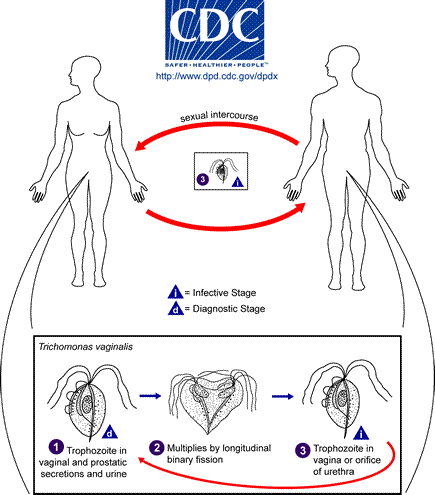 However, sexually transmitted infections are not limited to the three diseases mentioned.
However, sexually transmitted infections are not limited to the three diseases mentioned.
A new type of STD can knock at your door if you are not careful in bed. This condition is called trichomoniasis.
Just like the other cases of STD, trichomoniasis doesn’t go away without treatment. Before you panic, here are important things you should know about this new disease, plus tips on how to treat and eventually prevent it from messing up your system.
1. Learn As Much As You Can About Trichomoniasis
By definition, sexually transmitted diseases are types of diseases passed on from one person to another through sexual contact.
[adsanity id=”66647″ align=”alignnone” /]
This means if you have unprotected sex and your partner has STD, there is a higher risk you could get it, too.
Trichomoniasis follows the same concept. It is an infection caused by a parasite called trichomonas vaginalis, which spreads through sexual intercourse. Don’t worry. Although this disease easily spreads and is contagious, it is still curable.
In the United States alone, there is an estimated 3.7 million people infected with this type of disease. Women are at a higher risk of getting this disease, although men could also be infected.
2. Find Out How You Can Get This Type Of STD
 The culprit for this type of condition is the protozoan parasite called trichomonas vaginalis. This parasite affects your vagina and urethra, or the tube that brings the urine out of your body.
The culprit for this type of condition is the protozoan parasite called trichomonas vaginalis. This parasite affects your vagina and urethra, or the tube that brings the urine out of your body.
Unprotected sex, yes that type of sex where your partner forgets to use a condom, is the most common way to get this type of STD.
Transmission could happen though penis to vagina, vagina to penis, or even vulva to vulva. You could also get trichomoniasis when you share wet objects such as sex toys, underwear or towels.
 Keep in mind that you can’t pass this type of STD on through oral sex, anal sex, kissing, sharing utensils, hugging or sitting on a toilet seat when the previous user has trichomoniasis. At the same time, the number of sexual partners you had does not increase your chances of getting this disease. As long as you have sex with someone who has this infection, you are more likely to get it, too.
Keep in mind that you can’t pass this type of STD on through oral sex, anal sex, kissing, sharing utensils, hugging or sitting on a toilet seat when the previous user has trichomoniasis. At the same time, the number of sexual partners you had does not increase your chances of getting this disease. As long as you have sex with someone who has this infection, you are more likely to get it, too.
3. Recognize The Symptoms Of Trichomoniasis
 How will you know if you have trichomoniasis? The symptoms of this type of disease are similar to most kinds of sexually transmitted diseases. You can suspect you have trichomoniasis if you experience any of the following symptoms:
How will you know if you have trichomoniasis? The symptoms of this type of disease are similar to most kinds of sexually transmitted diseases. You can suspect you have trichomoniasis if you experience any of the following symptoms:
- An Unusual Vaginal Discharge. Instead of a clear color, if your discharge is yellow or green in color, and thick, or frothy get yourself to the doctor.
You should also have more vaginal discharge than normal, and it comes with a fishy and unpleasant smell. - Changes Around The Vaginal Area. The vaginal area should be itchy and sore, and you might experience inflammation or swelling. There are cases wherein your inner thighs will become itchy.
- Pain Or Discomfort. You will notice painduring urination and sexual contact.
 Pain In The Lower Abdomen. Although this symptom is rare, pain in the lower abdomen is always a good reason to go to the doctor to get yourself checked out.
Pain In The Lower Abdomen. Although this symptom is rare, pain in the lower abdomen is always a good reason to go to the doctor to get yourself checked out.
Keep in mind that it takes between five days and one month from an exposure for the symptoms to show. If you notice any of the symptoms mentioned, schedule that trip to the doctor immediately to get yourself tested.
4. Diagnosing The Condition Is The First Step
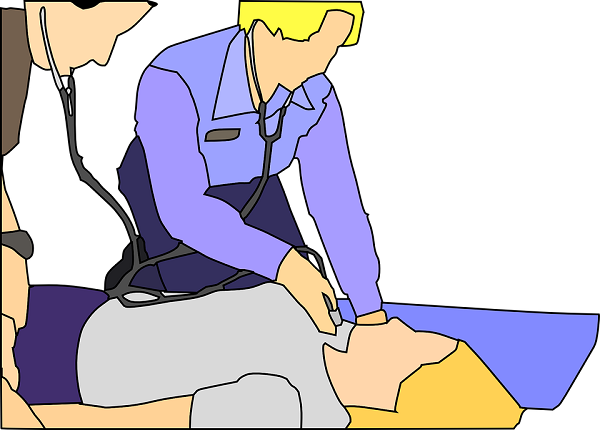 Say the symptoms are showing. You start to panic and worry about what is happening to you.
Say the symptoms are showing. You start to panic and worry about what is happening to you.
However, you are not sure whether you have trichomoniasis or merely experiencing some changes down south.
It is important to get yourself checked before jumping to conclusions. At the same time, you need to ensure that your doctor diagnoses your condition properly, because the symptoms of trichomoniasis are similar to other sexually transmitted diseases. You can go to a doctor for checkup, or visit a local genitourinary medicine clinic or GUM clinic.
In properly diagnosing trichomoniasis, a doctor will examine your genital area and look for any abnormal vaginal discharge or red blotches on the vaginal walls and cervix.
 After a physical examination, your doctor will take a swab of fluid from your vagina for laboratory testing. This is to check any signs of the parasite to make sure you have trichomoniasis.
After a physical examination, your doctor will take a swab of fluid from your vagina for laboratory testing. This is to check any signs of the parasite to make sure you have trichomoniasis.
It may take a few days before your doctor gets the lab results. Most doctors will go ahead and provide you with treatments to reduce the risk of infection, especially if they suspect you have trichomoniasis, even before they get the lab report.
5. Learn About Treatment Of The Disease
 Here’s some good news. Trichomoniasis is the most common curable type of sexually transmitted disease.To treat this condition, your doctor will prescribe an antibiotic called metronidazole. You must take this antibiotic twice a day for five to seven days.
Here’s some good news. Trichomoniasis is the most common curable type of sexually transmitted disease.To treat this condition, your doctor will prescribe an antibiotic called metronidazole. You must take this antibiotic twice a day for five to seven days.
When taken properly, metronidazole could be effective in treating the disease.
However, the dosage may differ from person to person, which is why it is important to disclose everything to your doctor for proper dosage.
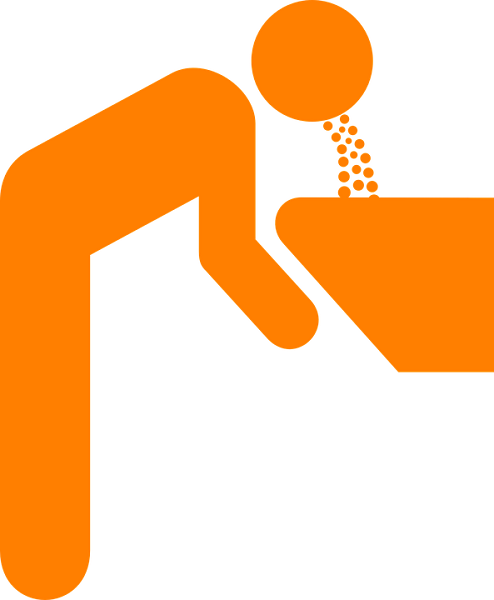 Metronidazole causes vomiting, nausea, and leaves a metallic taste in your mouth. When under medication, make sure not to drink alcohol for at least 48 hours since this could lead to severe side effects.
Metronidazole causes vomiting, nausea, and leaves a metallic taste in your mouth. When under medication, make sure not to drink alcohol for at least 48 hours since this could lead to severe side effects.
A follow up checkup is also important. This is to ensure that the infection is completely gone and won’t come back. In case of a recurrence, even if your lab results yields a negative result for trichomoniasis, you will be required to go through a series of tests to determine your condition, since it could be a sign of other formsof STD.
 If you are pregnant and develop this type of STD, make sure to get treatment as soon as you can to save the baby. Trichomoniasis during pregnancy could result in a premature birth or low birth weight.
If you are pregnant and develop this type of STD, make sure to get treatment as soon as you can to save the baby. Trichomoniasis during pregnancy could result in a premature birth or low birth weight.
Keep in mind that trichomoniasis won’t go away without treatment. There may be instances where your body could cure the infection but these are rare. There will always be a risk of passing this infection to someone else. Therefore, get treatment as soon as possible.
6. Know Some Helpful Prevention Tips
Trichomoniasis is a curable disease. Still, this doesn’t mean you should be careless with your actions. To make sure you won’t go through this process, here are tips to prevent this disease – and other types of STDs – from saying hello to your body.
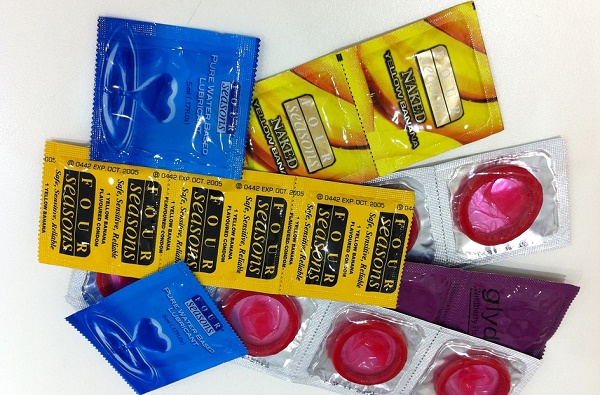 Practice Safe Sex. Use condoms at all times, especially when you don’t know the person’s sexual history.
Practice Safe Sex. Use condoms at all times, especially when you don’t know the person’s sexual history.- Do Not Share Sex Toys And Other Wet Things. If you plan to share or use your friend’s dildo, make sure to wash it thoroughly and cover it with a condom.
- When Doing Oral, Cover. During oral sex, consider covering your man’s penis with a condom, or use a dam with latex to cover your genital area.
- Maintain Honesty. Before you start taking off your clothes, encourage some honesty inside the bedroom to ensure that none has trichomoniasis or other STDs.
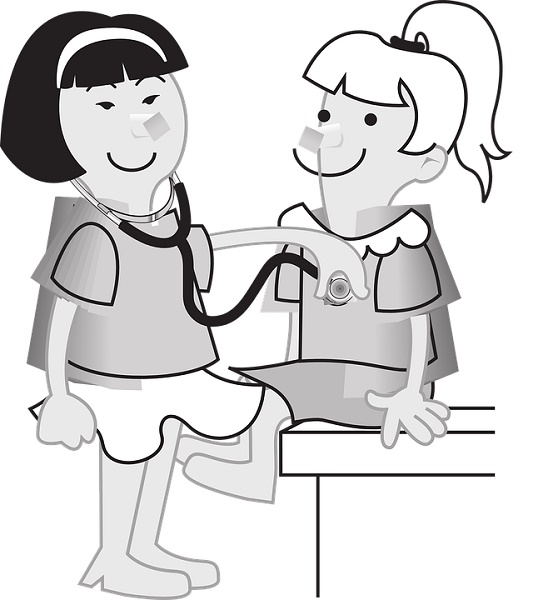 When In Doubt, Get A Checkup. You never know what is going on inside your body. If you think you are infected with this disease, avoid sex and see a doctor immediately for proper diagnosis.
When In Doubt, Get A Checkup. You never know what is going on inside your body. If you think you are infected with this disease, avoid sex and see a doctor immediately for proper diagnosis.
If you can practice abstinence. This is the best way to prevent the disease from messing with your system.
7. Men And Trichomoniasis
 When it comes to trichomoniasis, women are more at risk than men are. Still, this doesn’t mean your man won’t get it.
When it comes to trichomoniasis, women are more at risk than men are. Still, this doesn’t mean your man won’t get it.
The issue with trichomoniasis in men is that the symptoms are not as pronounced compared to what is happening with women.
Still, watch out for red signs, such as pain during ejaculation and urination, a higher urine frequency, thin, white discharge coming from the penis, and swelling, redness, and soreness in the penis area.
 If you are sexually active and you feel you have trichomoniasis, open up to your guy and talk about this issue. He needs to be informed with what is going inside your body, and at the same, minimize transmission and the risk of transferring it to an innocent person.
If you are sexually active and you feel you have trichomoniasis, open up to your guy and talk about this issue. He needs to be informed with what is going inside your body, and at the same, minimize transmission and the risk of transferring it to an innocent person.
In other words, he needs to be treated as well, for both your safety and his. Otherwise, there is a high risk of reinfection.
8. What To Know If You Don’t Get Treated
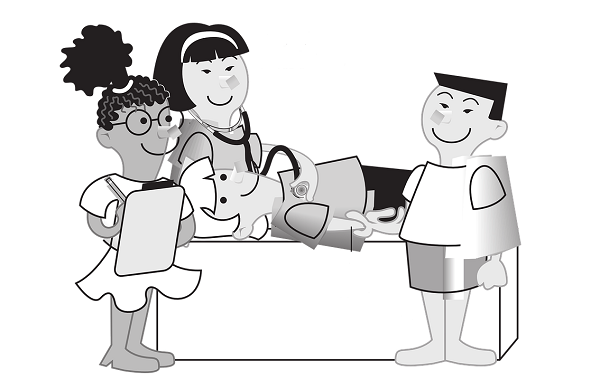 Sexually transmitted diseases are curable. There are cases where an STD goes away on its own, but the chances are slim.
Sexually transmitted diseases are curable. There are cases where an STD goes away on its own, but the chances are slim.
Generally, you need to get treatment to make sure you won’t affect your future partners and at the same time, keep your health at bay.
What Will Happen If You Refuse To Get Treatment?
 It’s not a matter of a life and death situation but the parasite causing trichomoniasis could infect your tissues and spread throughout the urinary tract including the vagina, cervix, urethra and bladder. It will also be easier for you to get infected with other types of sexually transmitted diseases, including HIV. Worse, you could pass on the disease to your partner.
It’s not a matter of a life and death situation but the parasite causing trichomoniasis could infect your tissues and spread throughout the urinary tract including the vagina, cervix, urethra and bladder. It will also be easier for you to get infected with other types of sexually transmitted diseases, including HIV. Worse, you could pass on the disease to your partner.
In other words, it will affect your entire reproductive function. You might also experience ectopic pregnancy, and there is a higher chance of difficulty in getting pregnant.
The choice is yours. If you want to be on the safe side and ensure that your reproductive system works properly, seek medical help.

